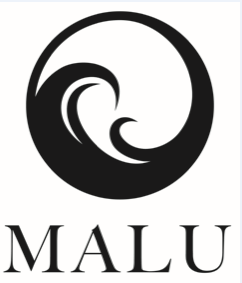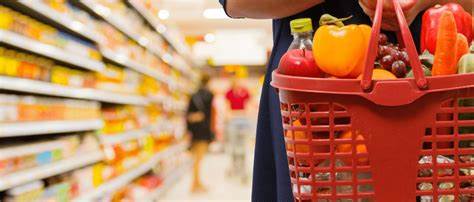Headline inflation picked up last month as energy prices jumped, while the underlying price pressures eased reducing the chances of another Reserve Bank rate rise in June.
Consumer prices advanced 6.8% in April, the Australian Bureau of Statistics said on Wednesday, a rate higher than the 6.4% pace economists had expected, and the 6.3% reading for March.
However, once volatile items were excluded, the underlying inflation rate that the RBA watches eased to an annual rate of 6.5% in April down from 6.9% in March.
The Reserve Bank governor, Philip Lowe, told Senate estimates on Wednesday the central bank was determined to ensure inflation returned to its 2%-3% target range by mid-2025.
Today’s inflation figure is the one of the last pieces of information the RBA will receive before it decides on interest rates next Tuesday.
On a monthly basis, the seasonally adjusted headline CPI figure also slowed to 0.3% in April, continuing the downward trend from 0.5% in March and 0.6% in February.
While it was too early to tell whether the lower inflation trend will continue, the RBA could justify a further pause prior to raising interest rates again.
Investors trimmed the value of the Australian dollar after the CPI data release. The currency was recently buying 65.05 US cents, down from 65.15 US cents, implying that markets believe that the RBA will hold on raising interest rates for the time being.
https://e6a4f570b0a988f99b02ebd6363e0b3f.safeframe.googlesyndication.com/safeframe/1-0-40/html/container.html As of yesterday, markets had assessed the likelihood of the bank hiking the cash rate to 4.1% as a 10% chance, although the RBA has surprised investors before, including it’s 25 basis point raise in May.
Housing continued to be among the biggest contributors to the monthly CPI numbers, rising 8.9% in April from a year earlier, although that rate was lower than the March pace of 9.5%. Renters have been particularly hard pressed with an annual raise of 5.3 % in March increasing further to 6.4% in April.
This trend is likely to continue according to CoreLogic increasing further to an annual rate of 10%. This should be captured in the ABS data sets over the next couple of months. Which places further pressure on the RBA to raise interest rates further.
Food and non-alcoholic beverages were also up 7.9% in April from a year earlier, transport 7.1%, and recreation and culture rose 6.4%. Automotive fuel was particularly volatile last month because of the base effect of what was happening a year earlier.
The CPI fuel gauge surged 9.5% from a year earlier, reversing the 8.2% decline in March. The Morrison government’s last budget halved the fuel excise cutting off 22 cents a litre. That triggered a 13.8% fall in fuel prices in April 2022, amplifying the impact of last month’s increase because of the one-off reduction to the base level.
Lately, retail fuel prices are lower, at 175.6 cents a litre on average as of 28 May, compared with 186.8 cents at the end of April, the Australian Institute of Petroleum said. That drop suggests that automotive fuel might be a clear down arrow, when May’s CPI numbers are released in a month’s time. All in all while cost of living continues to rise, the RBA will have enough information to justify a hold on further interest rate rises.

